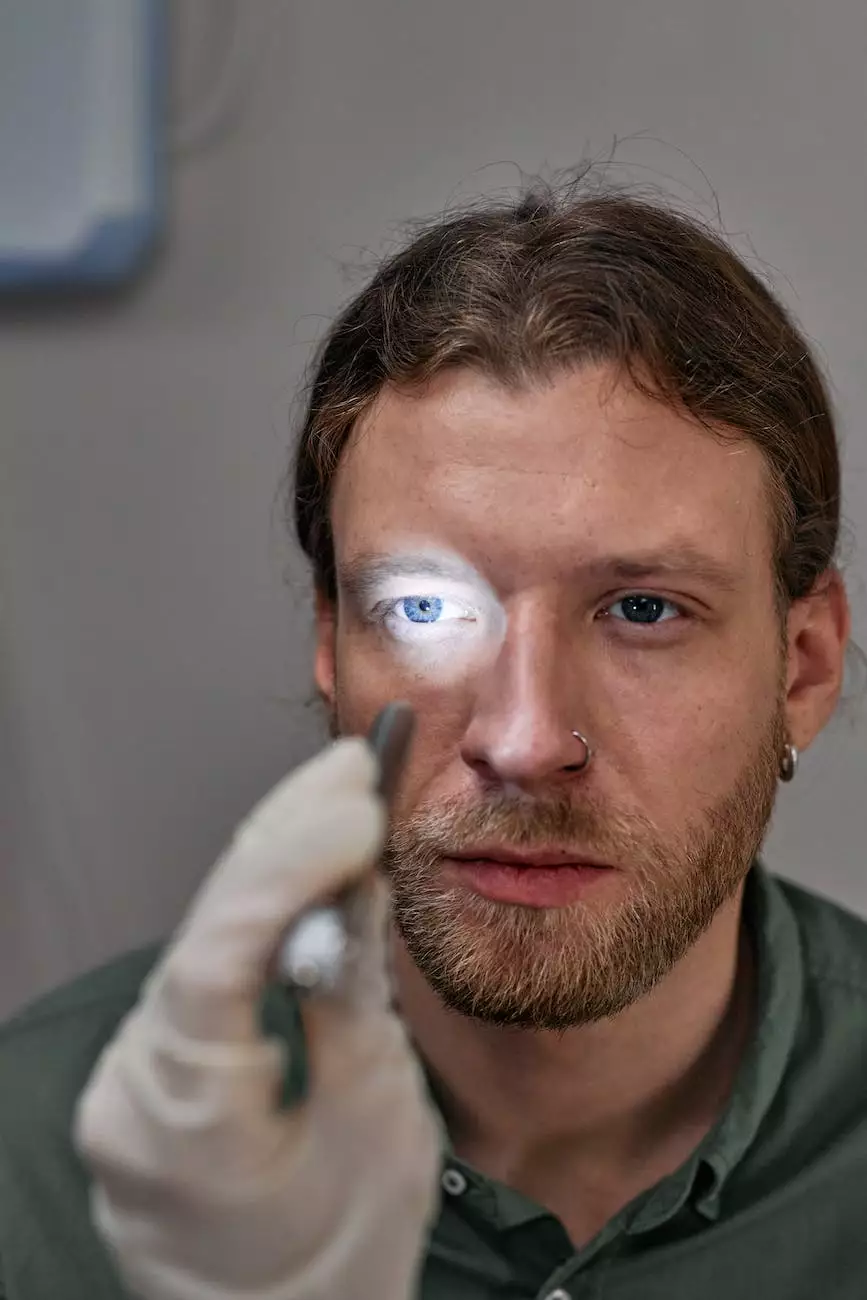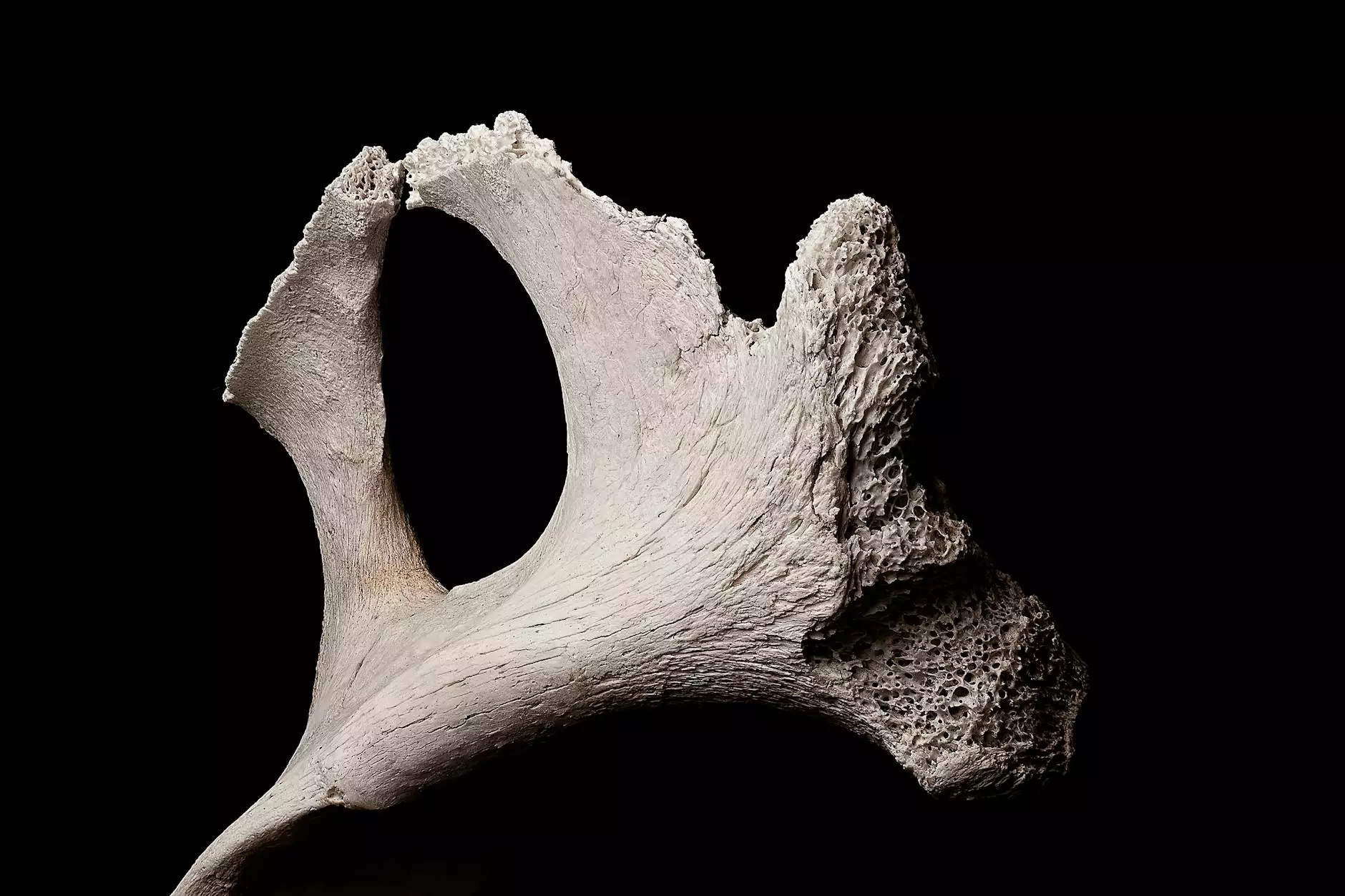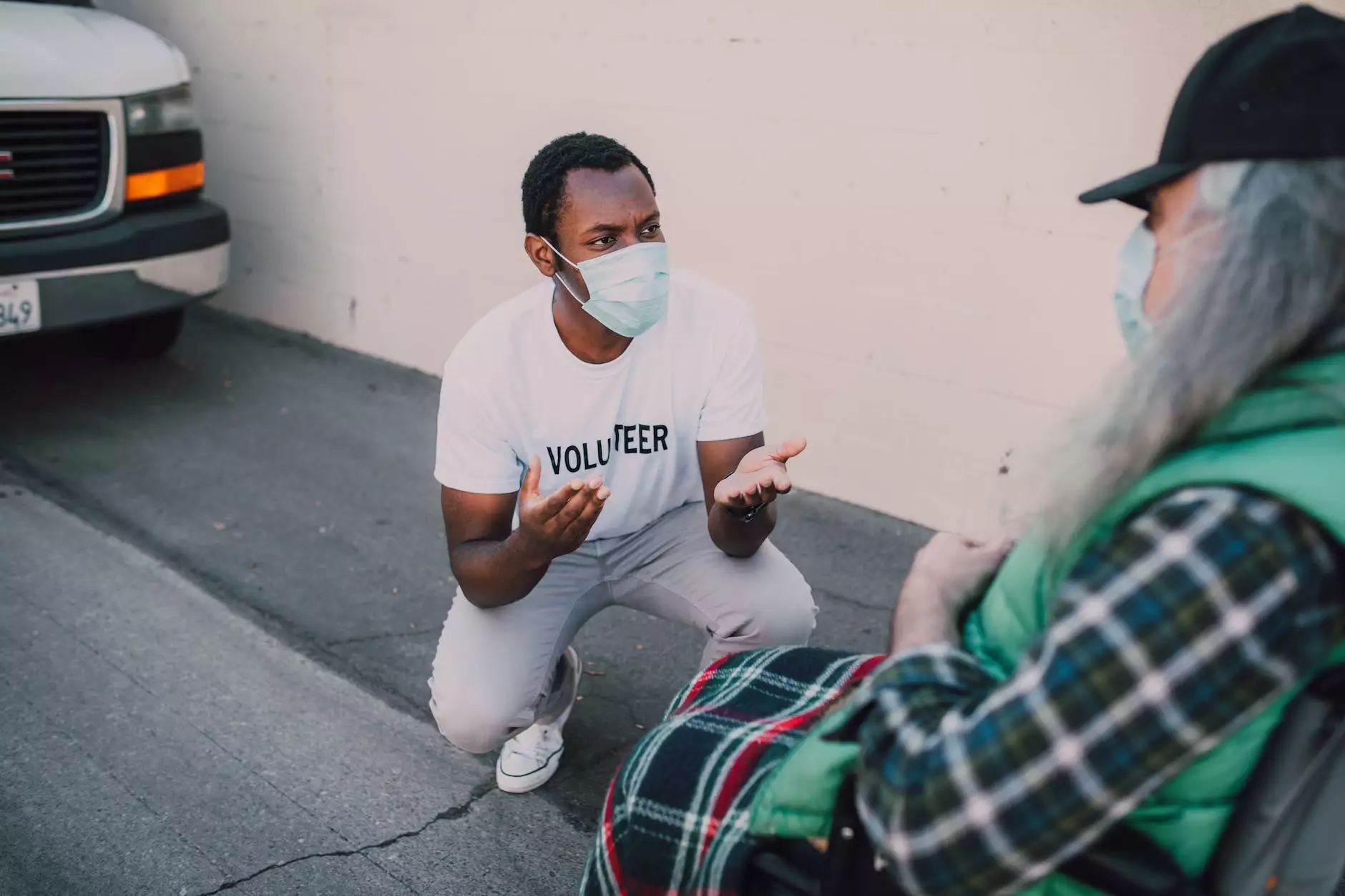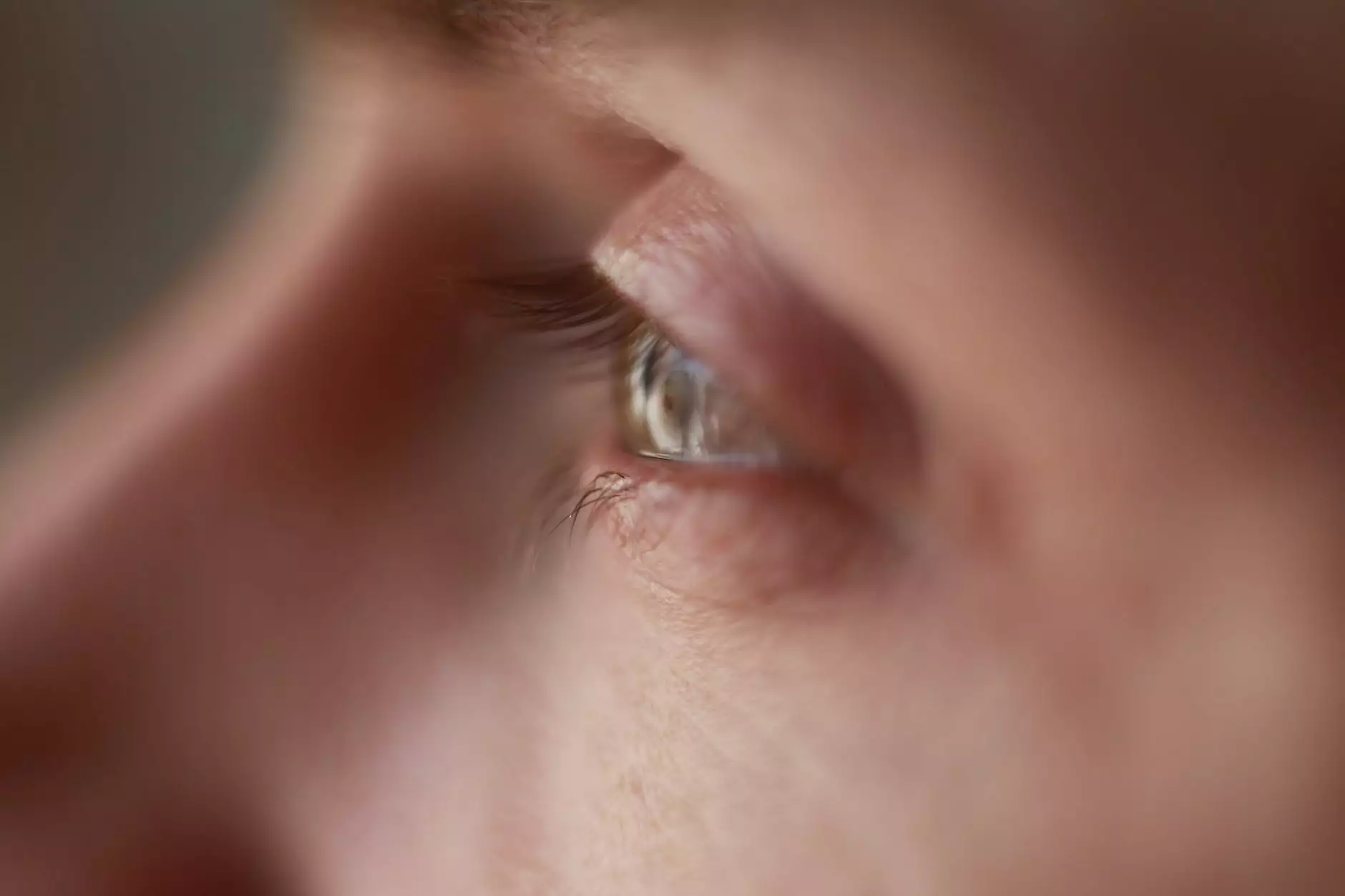What to Expect During a Glaucoma Exam
Eye Care
Introduction
Welcome to David J Scholten, OD, PC, your trusted eye care provider in the field of glaucoma detection and management. In this article, we will provide you with a comprehensive overview of what to expect during a glaucoma exam. Being proactive about your eye health is crucial for early detection and effective management of this potentially sight-threatening condition. Our experienced optometrists are here to guide you through the process from start to finish.
Understanding Glaucoma
Glaucoma is a group of eye diseases that damage the optic nerve, which connects the eye to the brain. If left untreated, glaucoma can lead to vision loss and even blindness. The key to preserving your vision lies in early detection and timely treatment. Regular glaucoma exams play a vital role in achieving this goal.
The Glaucoma Exam Process
Step 1: Medical History Review
During your glaucoma exam, our optometrist will start by reviewing your medical history, including any previous eye conditions or surgeries, current medications, and family history of glaucoma. These factors help us assess your risk level and develop an appropriate treatment plan.
Step 2: Visual Acuity Test
A visual acuity test measures how well you can see at different distances. You will be asked to read letters or numbers displayed on an eye chart. This test helps identify any refractive errors or vision changes.
Step 3: Tonometry
Tonometry is a painless test used to measure the pressure inside your eye, known as intraocular pressure (IOP). High IOP is a significant risk factor for glaucoma. By measuring your IOP, we can determine whether further testing is required.
Step 4: Visual Field Test
A visual field test assesses your peripheral vision. It involves staring ahead while small lights or targets are presented in different areas of your visual field. By monitoring your responses, we can detect any vision loss or abnormalities associated with glaucoma.
Step 5: Optical Coherence Tomography (OCT)
Optical Coherence Tomography is a non-invasive imaging test that provides detailed images of your optic nerve and retinal layers. By analyzing these images, we can determine the health of your optic nerve and identify any signs of glaucoma damage.
Step 6: Pupil Dilation
For a more comprehensive examination of your eyes, our optometrist may use eye drops to dilate your pupils. This allows for better visualization of the structures inside your eyes, including the optic nerve, retina, and blood vessels.
Additional Steps and Treatments
Step 7: Gonioscopy
Gonioscopy is a specialized examination that allows us to assess the drainage angle of your eye. It helps determine the type of glaucoma you may have and guides treatment decisions.
Step 8: Long-term Management
If glaucoma is detected, our optometrist will discuss long-term management options. These may include medication, laser therapy, or surgery, depending on the severity and progression of the disease. Our goal is to preserve your vision and maintain optimal eye health.
Conclusion
At David J Scholten, OD, PC, we prioritize your eye health and provide comprehensive glaucoma exams to ensure early detection and effective management. Don't wait until it's too late; schedule your glaucoma exam today and take the necessary steps to protect your vision for a lifetime.









